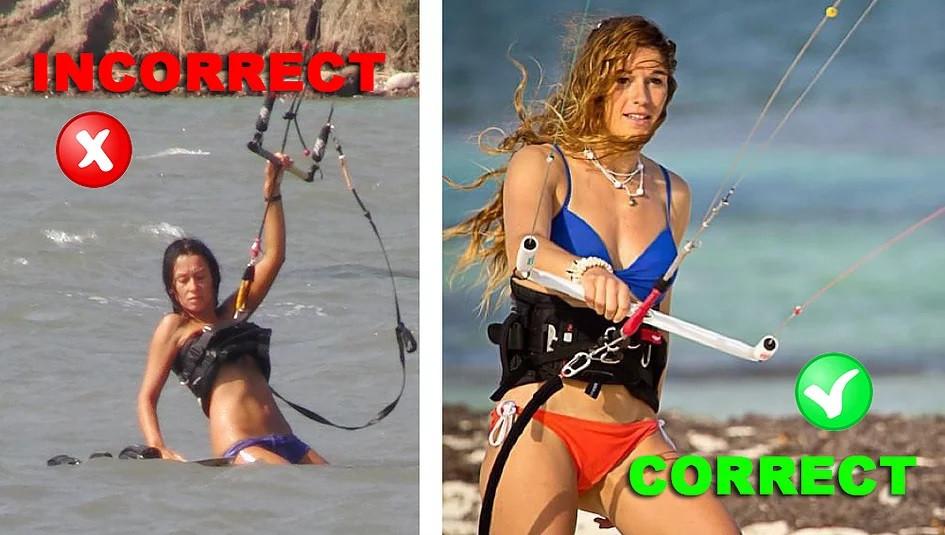
How to Wear a Kiteboarding Harness
Share
This can make or break a session...
Wearing your harness incorrectly is a sure fire way to have an uncomfortable session. As you may know. There is a lot going on at any given time while kiteboarding, so having to worry about the harness is an unnecessary problem and can easily be avoided.
Waist Harnesses:
The majority of people are wearing waist harness because they allow maximum maneuverability but they are also the most notorious for riding up, especially when learning.
When someone is learning, there kite is typically near 12 o'clock in the wind window most of their session. Having a constant pull upwards will cause the waist harnesses to ride up. This can be reduced or avoided completely by selecting the correct size harness and wearing it correctly.
Sizing:
Most manufacturers provide a size chart for their harnesses. Reference the size chart for the particular harness that you are most interested.
All sizing is not the same!
One brands medium may be another brand’s small. Be cautious of this and do your due diligence to find the appropriate size for you. If you cannot find good information on your own, call a reputable shop and they will be able to guide you through your harness selection.
Example of great size chart by RRD Kiteboarding:

The Fit:
This is the most important part!
If the harness doesn’t fit correctly, then you will have a bad experience. A harnesses is a piece of equipment that touches the body. When a piece of equipment makes contact with your body, you want to make sure that it fits just right.
Where to buy?
Not all areas have a kiteboarding shop or that shop may not have the harness that you want. In this case, make sure the online retailer has a return policy that makes it easy for you to guarantee the proper fit.
How should the harness fit? Let’s take a look at some examples.

Wear it tight and wear it right to make sure your session is not a pain in the ribs!...
The harness should fit around the smallest part of your waist, between your hips and your ribs. A general rule of thumb is that the spreader bar should align with your belly button (navel) when you are finished securing the harness.
Also make sure that the harness is strapped down tight. The kite will pull the harness away from the body and loosen slightly so it’s best to tighten it too much than not enough.
Seat Harnesses:
Seat Harness will eliminate the possibility of the harness riding up because they include leg straps. Most beginners choose seat harnesses as their first harness so that they do not have to worry about the harness riding up.
Seat harnesses also provide the most back support by allowing the rider to sit in the harness and reduce the pressure on the small of the back. Choosing the correct size is always the main factor when it comes to comfort Make sure you do your homework when selecting the proper size.
The Fit:
Unlike a waist harnesses, a seat harness fits around the hips and not the waist. Make sure to take this in consideration when selecting your size. Be sure to try different styles as well because the leg straps may cause some discomfort depending on their position. You don’t want the unmentionables to be uncomfortable!

Next Step:
Now that your harness on, let's go over those kite control basics before getting the kite into the air!
